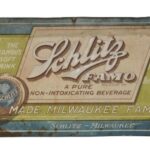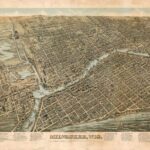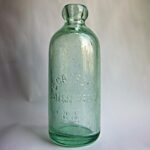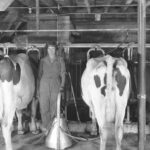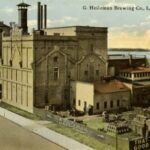In the 1800s, semi-automatic machines began making glass bottles. The first soda bottles were made in 1806 and resembled ale and spirits bottles. These bottles had short, square bottoms and a small neck.
The next style of soda bottles, called Saratoga bottles, looked like today’s wine bottles. These bottles had narrow bodies and long necks. One unique aspect of Saratoga bottles was that they had the names of beverage companies on the bottle’s sides. Saratoga bottles were important because the personalized bottles allowed for bottle reuse and saved money.
In the mid-1800s, the soda bottle style changed again. The new “blob-top” soda bottles emerged because of the invention of fully automatic bottle-making machines. Blob-top bottles had a gravitating stopper that closed the bottle. Gravitating stoppers became popular because the stopper maintained the pressure inside the bottle, which kept the soda carbonated for longer. So, blob-top bottles preserved the rich flavor of soda and attracted more people to drink soda. The Cassel Soda Bottle resembles the blob-top bottle.
In the 1920s, Coca-Cola began to produce a signature hobbleskirt bottle for all of their beverage products. Soon after, other soda companies started to also use the same hobbleskirt bottle so that consumers might buy their soda thinking it was a Coca-Cola product. Soda bottles today, although plastic, are still modeled after the Coca-Cola hobbleskirt bottle.
One of the main issues with soda bottling was the expense of glass bottle production and import. When soda became popular, so did the concept of reusing glass bottles. Soda producers started the returnable bottle system, which made glass bottles the property of the bottler. The Wisconsin State Bottlers Association started in the late 1800s to help return empty bottles to its members. The Cassel Soda Company formed another solution for the bottle problem. By giving customers free soda when they returned the empty glass bottles left at the nearby resort, the Cassel Soda Company retained a majority of its glass bottles and, thus, saved money.
Written by Kelsey Corrigan in October 2014.
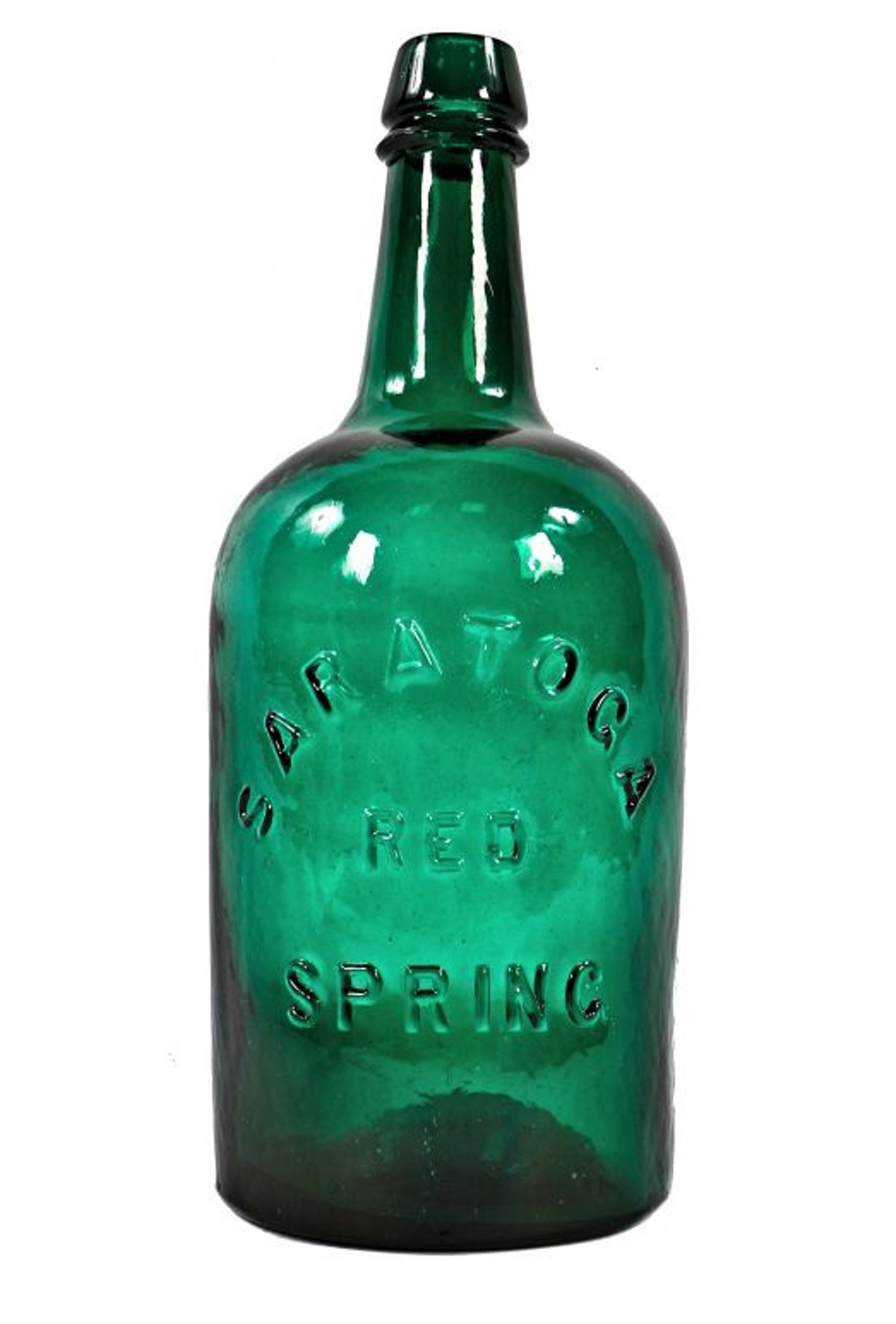
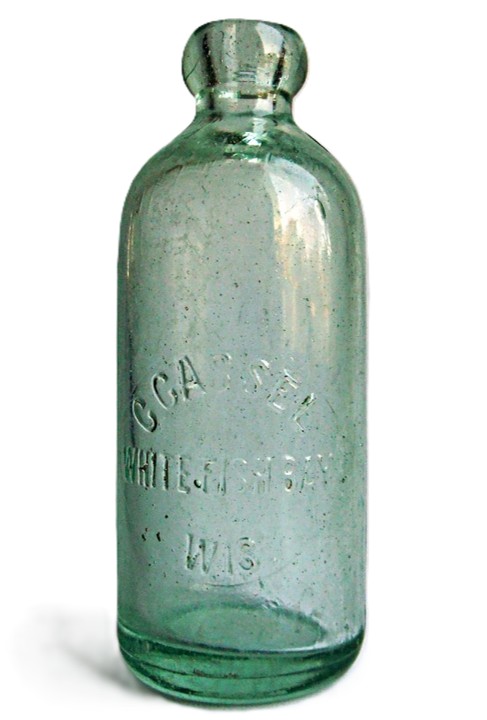
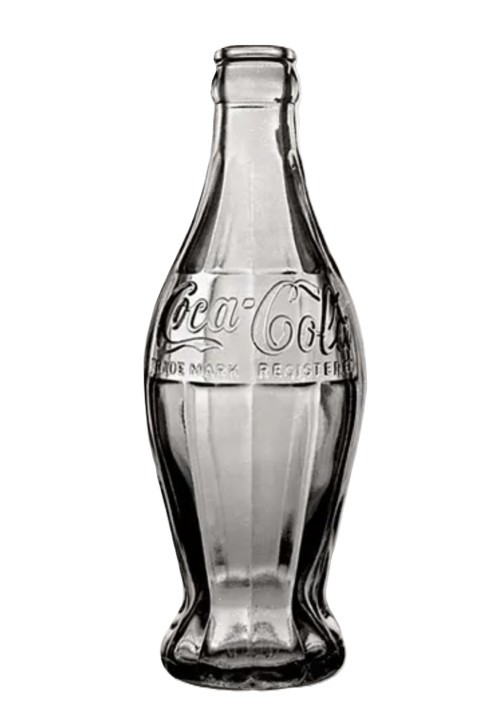
SOURCES
Barry Bernas, The Evolution of Jar Machines: 1882-1896. Chicago: Private Publisher, 2012.
Jane Busch, Second Time Around: A Look at Bottle Reuse. Cleveland: American Public Works Association, 1991.
R.W. Douglas, A History of Glassmaking. Foulis: Henley-on-Thames, 1972.
“Glass Imports and Exports,” National Glass Budget. May 15, 1916.
Illinois Glass Company, Illinois Glass Company Catalog. Chicago: Illinois Glass Company, 1906.
National Constitution Center, “American Spirits.” Accessed April 4, 2014. https://constitutioncenter.org/experience/exhibitions/past-exhibitions/american-spirits.

